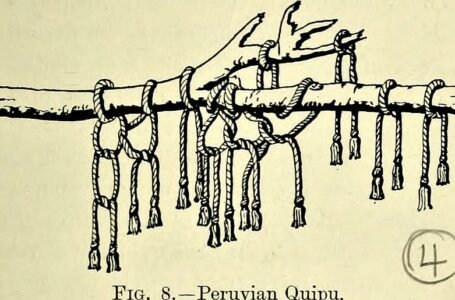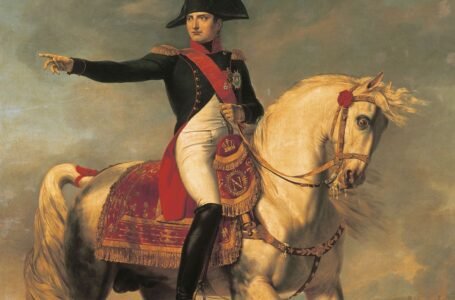Harisena: A Poet and Statesman of the Gupta Dynasty

In the rich tapestry of Indian history, The Gupta Dynasty, spanning from the 4th to 6th century CE, stands as a golden age of cultural and political flourishing. Renowned for advancements in astronomy, metallurgy, mathematics and literature, the Guptas fostered monumental achievements celebrated by all Indians till this day. Historians regard the Gupta period as the classical age of India- the decimal system of notation, the great Sanskrit epics and Hindu art are enduring legacies of their era, shaping India’s intellectual landscape.
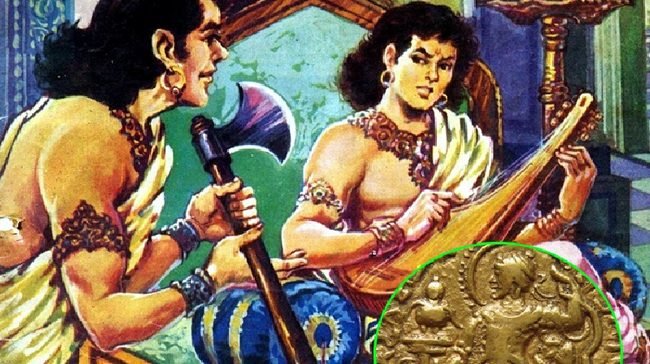
Among the many luminaries of the Gupta era, Harisena emerges as a key figure, not only as a court poet but also as a statesman. His life, though shrouded in mystery regarding his early years, unfolds through the intricate verses he composed and the inscriptions that chronicle the reign of Emperor Samudragupta. This article delves into the enigmatic world of Harisena, exploring his origin, his celebrated works, the genre he mastered, and concludes with reflections on his enduring legacy.

Origin:
Harisena, a luminary of the 4th century, found himself in the vibrant court of Emperor Samudragupta, a time when the Gupta dynasty reached its zenith. While the specifics of his childhood and personal life remain elusive, his later years were marked by a profound connection with the Gupta royal family. Born into an era of cultural efflorescence, Harisena’s destiny intertwined with the fate of the empire he served.
Samudragupta (330–380 CE) stands as the quintessential ‘ideal king’ of the Gupta Dynasty’s golden age. At the zenith of his power, he commanded the Ganges River valley and garnered homage from rulers in east Bengal, Assam, Nepal, the eastern Punjab, and the diverse tribes of Rajasthan. His reign encapsulates the pinnacle of Hindu history, portraying an era of cultural richness and imperial dominance in the Indian subcontinent.

Beyond his military achievements, Samudragupta was a fervent patron of the arts and literature. Harisena, renowned for his poetic skills, caught the king’s attention. With Samudragupta being a skilled lyricist and lute player himself, he invited Harisena to be the chief poet in his court, bestowing upon him great prestige. Harisena, during his time as the court poet, explored various themes in his poetry, including love, nature, and the divine. However, he gained particular acclaim for vividly capturing the emperor’s bravery in the battlefield.
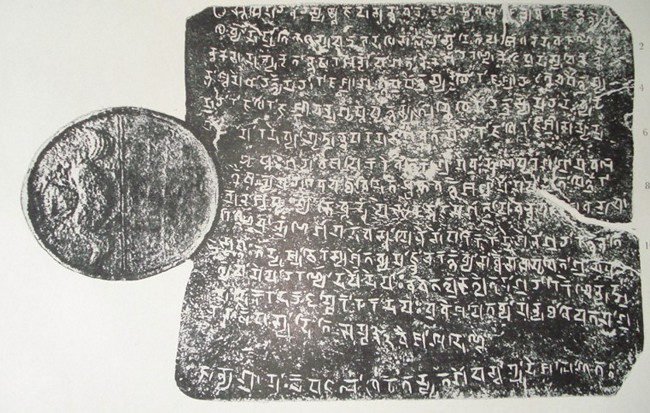
Harisena’s poetry extended beyond chronicling Samudragupta’s accomplishments; it served as a means to garner allies from diverse regions. Holding the dual roles of court poet and diplomat, Harisena was renowned for his adept negotiation skills. His unmatched ability to sway others with compelling words turned his poetry into a powerful tool for disseminating the glory of the Gupta empire.

Famous Works:
At the heart of Harisena’s literary legacy stands the famous poem ‘Samudragupta Charita’ inscribed on the Allahabad Pillar. This masterpiece is a eulogy to the courage of Emperor Samudragupta, capturing the essence of the Gupta era’s Kavya poetry. The poem, a single sentence comprising the first eight stanzas, weaves a narrative of complexity with relative clauses, adjectives, and appositions, showcasing Harisena’s mastery of language and poetic innovation.
The Allahabad Pillar inscription, also known as Allahabad Prasasti, serves as a historical document that vividly defines the reign of the Gupta dynasty. Penned by Harisena, this inscription offers a detailed chronicle of Samudragupta’s rule. It illuminates the geopolitical landscape of the time and is considered one of the most important historical documents of the Gupta period. The Prayag Prashasti, another inscription by Harisena, provides further insights into Samudragupta’s achievements, particularly his southern expeditions, emphasising the diplomatic and social facets of his rule.

Harisena’s literary repertoire extends beyond panegyrics. He is credited with various works, including Apabramsa Dharmapariksa, Karpuraprakara (Suktavall), Jagatsundari-Yogamaladhikara (a medical treatise), Yasodharacanta, Astahnikakatha, and Brhatkathakosa. These diverse works showcase his versatility as a poet, exploring different genres and subjects.
Genre:
Harisena’s poetic style is a testament to his inventive thinking and precise handling of language. The Allahabad Pillar inscription, his magnum opus, employs a single sentence structure with intricate layers of relative clauses, adjectives, and appositions. The poem’s metre is complex, featuring seven verses in Sragdhara, qardulaviku dita, Mandakranta, and Prithvi metres. The design follows the Vidarbha or southern style, emphasising intricate details.
Harisena’s literary brilliance is not confined to poetic verses alone. In the Prayag Prashasti, he crafts a panegyric that not only praises Samudragupta’s military triumphs but also sheds light on his diplomatic and social accomplishments. This inscription, written in polished Sanskrit, stands in contrast to Asoka’s edicts on the same pillar, emphasising the shift from peace and righteousness to a glorification of battle in the Gupta era.
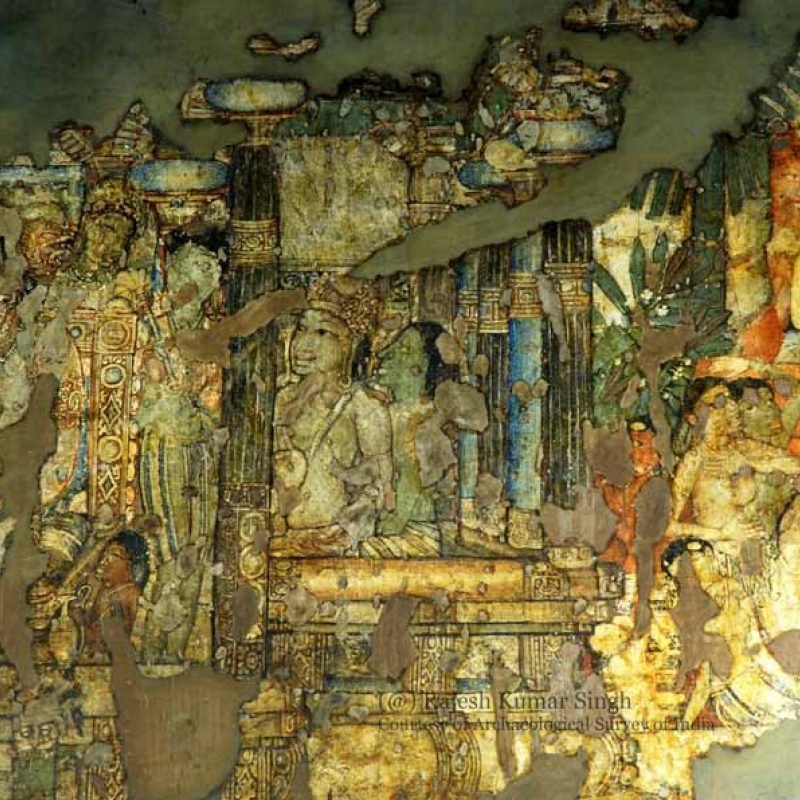
In addition to his poetic prowess, Harisena’s role as a statesman is evident in the Prayag Prashasti. Praising Samudragupta for his diplomatic and social accomplishments, the inscription sheds light on the political landscape of the Gupta period. The juxtaposition of Asoka’s edicts and Samudragupta’s inscription on the same pillar highlights the shift from a focus on peace and righteousness to a glorification of battle in the Gupta era.
Conclusion:
Harisena’s contributions to literature and politics during the Gupta dynasty are unparalleled. His ability to intertwine intricate poetic structures with the grandeur of imperial glory is showcased in the Allahabad Pillar inscription. As a statesman, his role in crafting the Prayag Prashasti adds depth to our understanding of Samudragupta’s rule and the geopolitical dynamics of the time.
In conclusion, Harisena’s legacy extends beyond his role as a court poet. His diverse works, ranging from panegyrics to medical treatises, highlight his multifaceted talents. Whether intricately crafting verses or navigating the political landscape of his time, Harisena remains a pivotal figure in Gupta history. The Allahabad Pillar stands as a monumental testament to his literary prowess, immortalising both the poet and the emperor in the annals of ancient Indian history.
As we traverse the corridors of time, Harisena’s name resonates not just as a poet who adorned the court of Samudragupta but as a statesman who, through his words, captured the essence of an era that shaped the course of Indian history. His contributions serve as a bridge connecting the artistic and political realms, offering a glimpse into a bygone era where poetry and power coexisted in harmony.
